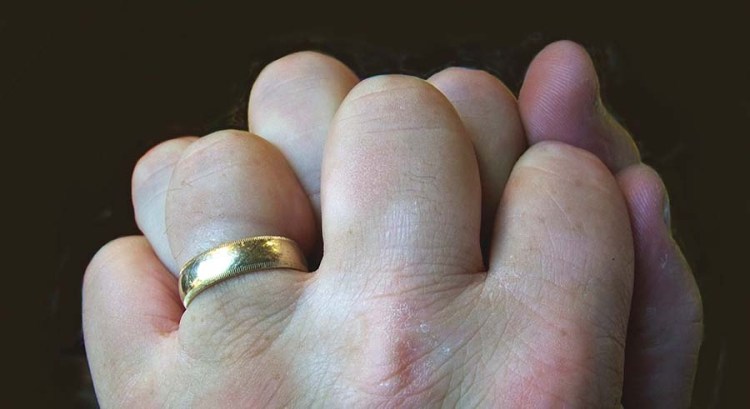In April, a group of scientists made a cracker of a claim: They finally figured out why knuckles crack. But any scientific finding requires confirmation, and now other researchers are on the case. A study presented Tuesday at the annual meeting of the Radiological Society of North America takes a deep, deep dive into the science of the knuckle crack.
The big knuckle debate centers on one big question: What makes the cracking sound? Back in 1947, it was suggested that the sound occurred when a bubble formed in the fluid between joints. But in 1971, another group claimed it was actually the collapse of that bubble that made the noise, not the formation. The latest study (back in April) seemed to confirm the latter by tracking the action of knuckle cracking inside an MRI, but it only featured a sample size of one (or 10, I suppose, if you count all of his fingers).
Inspired by his 11-year-old daughter’s curiosity on the subject, University of California, Davis radiology professor Robert D. Boutin took it up a notch. In his new study, 40 patients (30 of whom were habitual knuckle crackers and 10 of whom were not) got cracking under the watchful gaze of an ultrasound machine. According to Boutin, an ultrasound can catch events 50 to 100 times faster and 10 times smaller than can be seen on MRI of the fingers. The report is easily the most comprehensive study on knuckle-cracking-in-action that’s ever been published.
Boutin and his colleagues were looking for ultrasonic evidence of the infamous cracks – and they found it.
“What we saw was a bright flash on ultrasound, like a firework exploding in the joint,” Boutin said in a statement. “It was quite an unexpected finding.”
The flashes occurred so reliably that radiologists were able to guess which videos showed a cracking joint with 94 percent accuracy.
The study provides solid evidence that the changes in pressure associated with joint fluid bubbles are the cause of knuckle cracks. But in an email to The Washington Post, Boutin was hesitant to claim where his study fit into the big forming-or-popping bubble issue.
“That’s a surprisingly tough question to answer,” he wrote. “I will tell you that we consistently saw the bright ‘flash’ in the joint only after we heard the audible crack. Never the other way around. Perhaps that supports the bubble formation theory, not the bubble popping theory.”
But Boutin and his colleagues did come up with one surprising – and intriguing – finding.
“After a joint cracks, the range of motion for that joint increases significantly,” Boutin told The Post. And examination of the habitual crackers didn’t show any glaring signs of ill effects, either.
It will take more work to conclude that knuckle cracking is “good” for us, but the findings might explain why the habit is so dang satisfying.
Send questions/comments to the editors.


